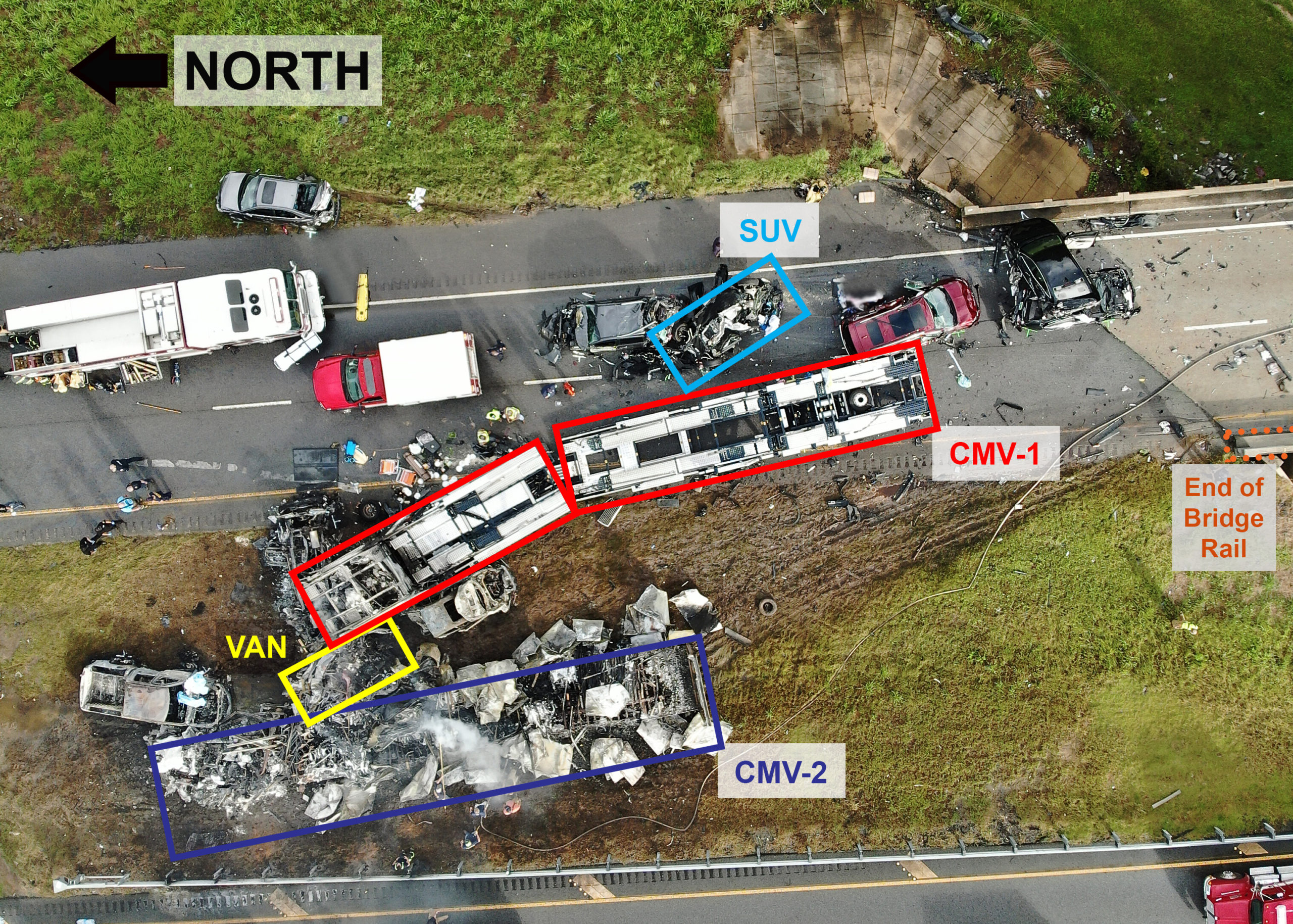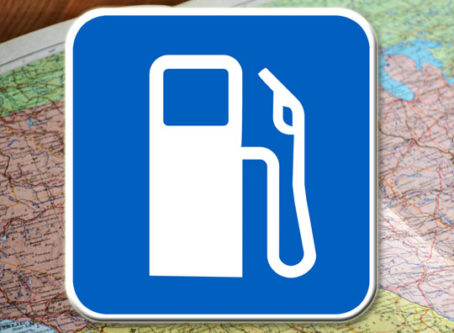Two lawsuits filed against trucking companies for fatal I-65 crash in Alabama
Before the National Transportation Safety Board has determined probable cause of a fatal multiple-vehicle I-65 crash in Alabama earlier this year, two lawsuits have been filed, each against both trucking companies involved.
On Aug. 6 the parents of six children killed in a crash filed a civil complaint in an Alabama federal court against Hansen and Adkins Auto Transport and Asmat Express. Four days later, the mother of two other children killed in the crash filed a separate lawsuit against the two trucking companies.
Both trucking companies were involved in the fatal, multiple-vehicle I-65 crash on June 19 in Butler County, Ala. Two SUV passengers and eight passengers in a van were killed, including nine children.
Fatal I-65 crash prompts NTSB investigation
The crash at the center of the lawsuits took place in the early afternoon of June 19 near Greenville in Butler County, Ala. Another 26 people were injured.
According to the NTSB’s preliminary report released on Aug. 3, a 2020 Volvo truck hauling an empty 2020 Cottrell auto transporter owned by Los Alamitos, Calif.-based Hansen and Adkins Auto Transport was traveling north in the right lane of I-65 near mile marker 138. A series of minor crashes had stopped traffic up ahead. When approaching the stopped traffic, the Volvo truck struck a 2020 Ford Explorer with four occupants. The truck then veered left, striking a Ford F350 transit van occupied by 10 people.
Subsequently, the Volvo truck hit several other vehicles before striking the bridge rail and coming to a rest with a portion of the trailer on the roadway. At this point in the I-65 crash event, a 2005 Freightliner truck hauling a 2009 Wabash dry trailer owned by Clarkston, Ga.-based Asmat Express veered left when approaching the scene, striking the bridge rail and van before coming to rest in the median.
Soon after, a fire broke out, engulfing both trucks, the van and three other vehicles in flames.

In total, 12 vehicles and 38 vehicle occupants were involved in the I-65 crash.
Two of the Ford Explorer passengers and eight van passengers died. Twenty-six people, including the drivers of the van and the Hansen and Adkins truck, sustained injuries of varying degrees.
NTSB’s preliminary report points out that there had been intermittent bands of rain of varying intensity throughout the day. Light rain was falling during the I-65 crash.
According to the Federal Motor Carrier Safety Administration’s Safety and Fitness Electronic Records, Hansen and Adkins’ vehicle out-of-service inspection rate is 29%, above the national average of nearly 21%. However, its driver out-of-service rate is 1%, well below the national average of 5.45%. Asmat Express’ vehicle and driver out-of-service inspection rates are 23% and 3.5%, respectively.
NTSB’s preliminary report only details the crash sequence. All aspects of the crash remain under investigation while NTSB determines the probable cause with the intent of issuing safety recommendations to prevent similar crashes. NTSB is working alongside the Alabama Law Enforcement Agency, which is conducting a separate, parallel, criminal investigation.
Lawsuits filed against trucking companies
Just three days after NTSB released its preliminary report, seven parents of six of the children killed in the I-65 crash filed a lawsuit in federal court. Four days after that, another lawsuit was filed by the mother of the other two children killed.
The first lawsuit is claiming negligence and wantonness on the part of both trucking companies involved in the crash. Defendants include both trucking companies and the driver of the Asmat Express truck.
The second lawsuit is claiming wrongful death and uninsured/underinsured motorist coverage. As for the latter claim, plaintiffs suggest that the trucking companies, both of which had insurance, were underinsured. In addition to the two trucking companies and Asmat Express driver, insurance companies for both companies are defendants. LL









